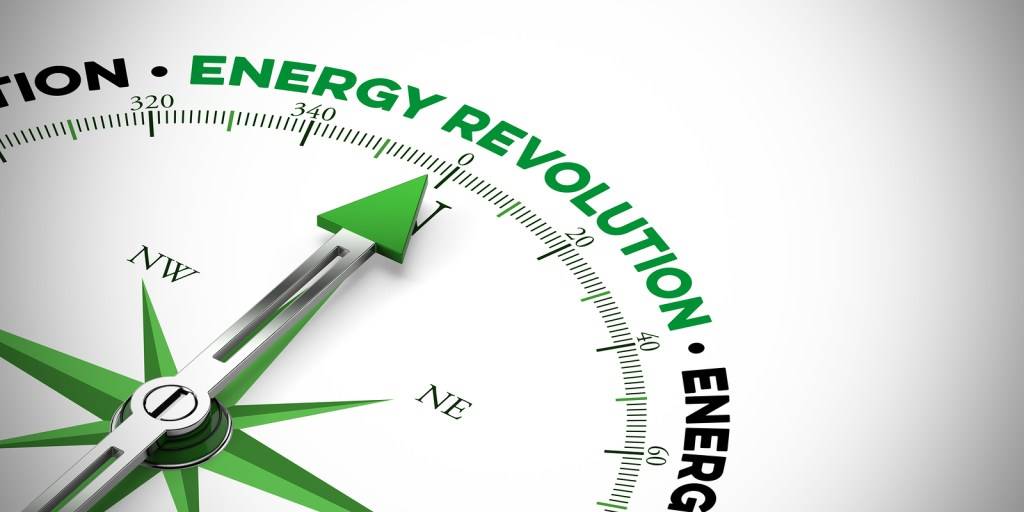
There are many driving forces behind the decision to improve building energy performance. Some are altruistic, but for most building owners, their main goal is reducing the bottom line. Regardless of why, there are documented processes for implementing savings opportunities.
ASHRAE Guideline 0.2-2015, “Commissioning Process for Existing Building Systems and Assemblies,” explains the steps, including planning, assessment, investigation, implementation, hand-off and ongoing commissioning. Each project starts with a discussion between the engineer and owner to develop the approach and deliverables. Key discussion points include:
- Level of rigor for calculations
- Financial metrics (i.e., cost of capital)
- Budgeting and funding source for different projects
- Approach to operating and maintaining the facility
- Capital expenditure planning process
- Affect on occupants and allowable disruptions
- Reporting hierarchy of the results
After the investigation phase report is complete, the assessment phase — a walk-through of the facility and discussions with occupants and maintenance staff to identify systems with issues — begins. The HVAC systems investigation must include an interrogation of the building automation system to understand how the systems operate and discover optimization strategies. Many of the low-cost approaches include schedules and setpoints. Complex items would include dynamic reset strategies that reduce energy consumption without affecting comfort. The investigation’s report of facility improvement measures (FIMs) includes a description of the scope of the changes, the cost to implement and the estimated energy impacts.
For many owners, this is where the process ends, resulting in no actual energy savings and a report sitting on a shelf. Improvement starts with the implementation phase.
Implementation begins with a force rank order of the FIMs to develop an energy roadmap. One way to select the FIMs is to review how many systems each strategy affects. A baseline of the energy consumed by the pilot system must be established. After implementation, the results of the M&V (based on ASHRAE Guideline 14-2014, “Measurement of Energy, Demand and Water Savings”) reveals the actual savings for this FIM.
The results of the implementation phase should help the owner make energy-saving decisions. The energy roadmap should be frequently updated, based on completed projects, by the engineer and owner.
For more information about this process and Hanson’s commissioning services, please contact Wade Conlan at wconlan@hanson-inc.com.